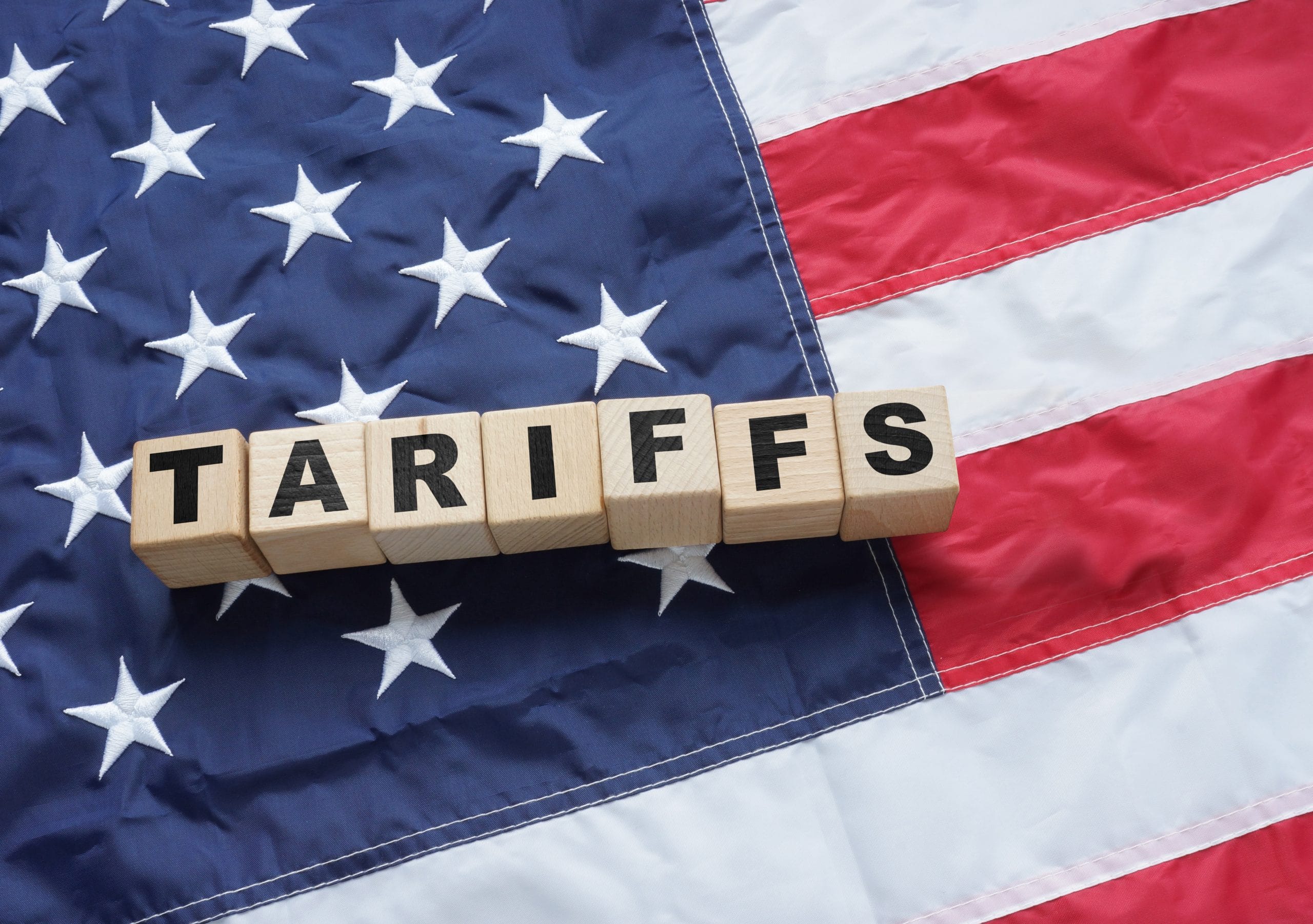
Tariffs and Training: How Trump’s Trade Policy Is Reshaping Workforce Development
Understanding the ripple effects of new U.S. tariffs on corporate training budgets and employee development strategies.
In the world of oil and gas logistics, understanding how port tariffs are calculated is more than just a technical detail—it’s a critical business skill. Tariffs are not set arbitrarily. Behind every line item in a port’s tariff schedule lies a detailed cost model designed to reflect operational realities, infrastructure investments, and commercial strategies.
If you’re new to the sector or stepping into a role that touches pricing, contracts, or terminal operations, understanding port cost modeling is essential. So let’s unpack it, step by step.
At its core, a port cost model is a framework that helps terminal operators determine how much they should charge for the use of their facilities. These models are built to answer one fundamental question: ‘What does it cost us to provide this service—and how can we price it competitively and sustainably?’
Capital Costs
The first layer of any cost model includes the capital costs—the long-term investments in infrastructure like jetties, pipelines, storage tanks, loading arms, control systems, and safety equipment. These assets are expensive to build and maintain, and the cost must be recovered over time through user fees.
Operating Costs
Next are the operating costs—recurring expenses like labor, security, energy, maintenance, insurance, and administration. These costs vary by location and volume and are often the most visible to day-to-day managers.
Regulatory and Environmental Compliance Costs
Then, there are regulatory and environmental compliance costs. In today’s world, terminals must meet increasingly strict emissions standards, waste management protocols, and safety regulations. These aren’t optional—and they can significantly influence tariffs.
Contingency and Risk Buffers
Don’t forget the contingency and risk buffers. Terminals must also account for market volatility, emergency repairs, and downtime risks. A smart cost model includes allowances for these variables, ensuring that unexpected events don’t lead to financial loss.
Once these costs are understood, they are allocated across the terminal’s services: berthing, loading/unloading, storage, blending, pumping, and so on. This is where strategy comes into play. Should you charge more for short-term storage and less for long-term commitments? Do you incentivize off-peak scheduling to ease congestion? The answers depend on your business model—and your competitors’.
Modern port cost models are becoming increasingly data-driven. Terminals now use digital tools and simulation software to forecast demand, test pricing scenarios, and model long-term ROI. This is a space where finance, operations, and data science come together.
At PetroKnowledge, we help professionals move beyond the numbers and understand the strategic thinking behind port pricing. In our course, ‘Port Pricing & Tariff Charging for Oil & Gas Terminals’, we walk participants through real-world cost models, explore international benchmarks, and provide tools to design fair, competitive, and transparent tariffs.
If your role touches port operations, contracts, or commercial decision-making, cost modeling isn’t just ‘nice to know’—it’s essential. And with the right training, it’s entirely learnable.
👉 Explore the 5-day training course: Port Pricing & Tariff Charging for Oil & Gas Terminals Training Course
Understanding what goes into a tariff gives you the power to challenge assumptions, ask better questions, and contribute to smarter pricing decisions. It’s a step toward greater commercial impact—and professional confidence.

